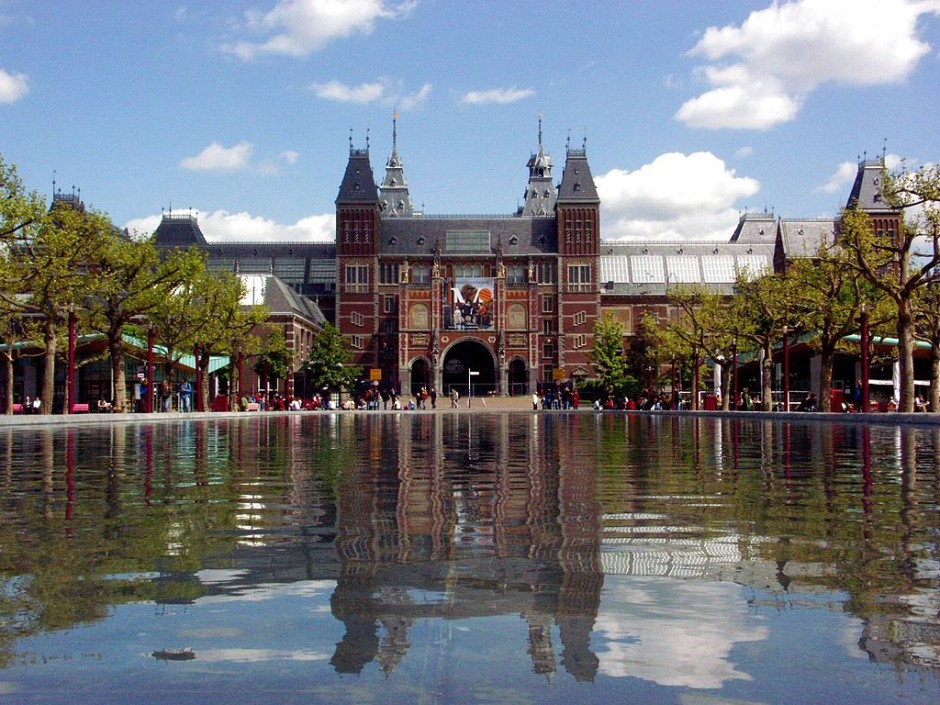Holland, though remarkably small in size, has produced a stunning constellation of great painters from Frans Hals to Vincent van Gogh, both of whom have enriched the canvas of Western civilization.
Some of their finest paintings and drawings are found in two museums in Amsterdam, Holland’s major city.
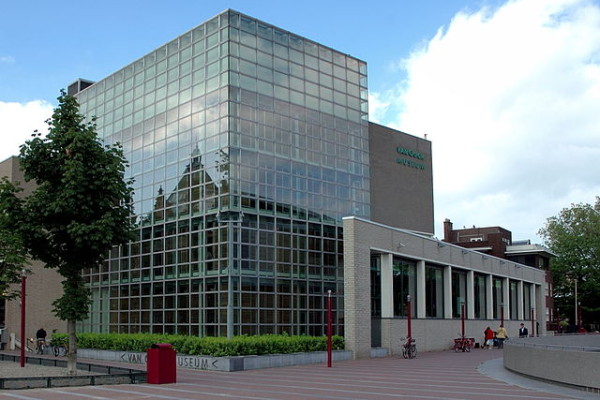
The Van Gogh Museum has the distinction of possessing the world’s largest collection of the artist’s body of work — 200 of his 900 paintings and 500 of his 1,100 drawings.
The collection is built around two themes: the various periods of his turbulent career and the painters who influenced him.
During his early period, from 1880 to 1885, he portrayed simple workers and farmers and experimented with landscapes. So what you see are sombre and stolid paintings such as The Cottage, Head Of A Woman and The Potato Eaters.
Scheveningen Woman falls into another category, being one of his first figure drawings in pencil and watercolor.
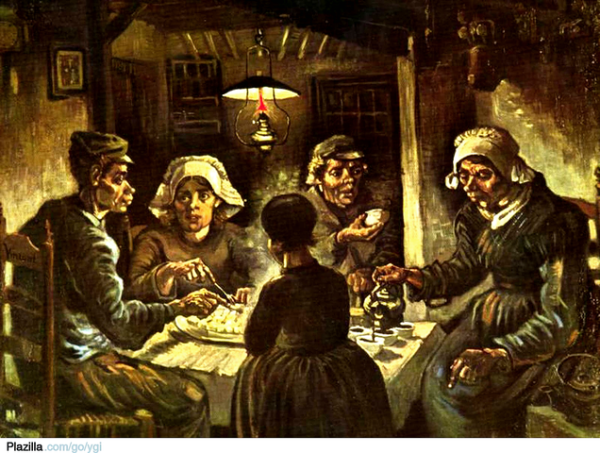
The works of the painters who exerted an impact on Van Gogh are prominently exhibited, running the gamut from Gustave Courbet’s Landscape With Rocky Cliffs And A Waterfall to Jules Breton’s Young Peasant With A Hoe.
While living in Paris, Van Gogh fell under the influence of Japanese woodcuts and neo-Impressionists. These influences manifest themselves in at least three major paintings — the vibrant Flower Still Life, the jaunty Self-Portrait and the luminous The Flowering Plumb Tree.
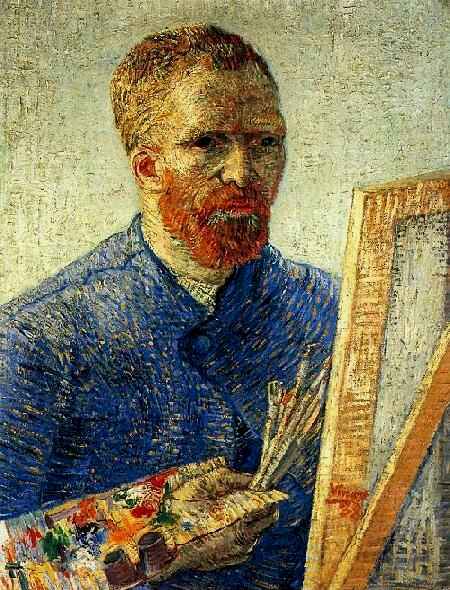
During his next phase, in the southern French town of Arles, he drew inspiration from Mediterranean landscapes and dazzling light. So what we have here are Sunflowers, an iconic work; The Harvest, a nod to a rural ritual, and Portrait of Madame Roulin, one of his most recognizable paintings.
After committing himself to a mental health clinic in Saint Remy, Van Gogh painted landscapes filled with cypress and olive trees. Two such works caught my eye: The Garden Of St. Paul’s Hospital, composed of a bold melange of red, ochre and green brush strokes, and Undergrowth, a subtle study of the play of light and shadow.
In his final year, in 1890, he succumbed to depression, a condition that prompted him to fatally shoot himself in the chest. This incident is depicted in the Hollywood movie Lust for Life, starring Kirk Douglas. Wheatfields With Crows, one of his last paintings, captures that terrible moment.
Van Gogh’s mood swings are reflected in 700 of his personal letters, which are on display here as well. Addressed to his brother and confidant, Theo, they provide glimpses of his troubled personal life and offer insights into the development of his style.
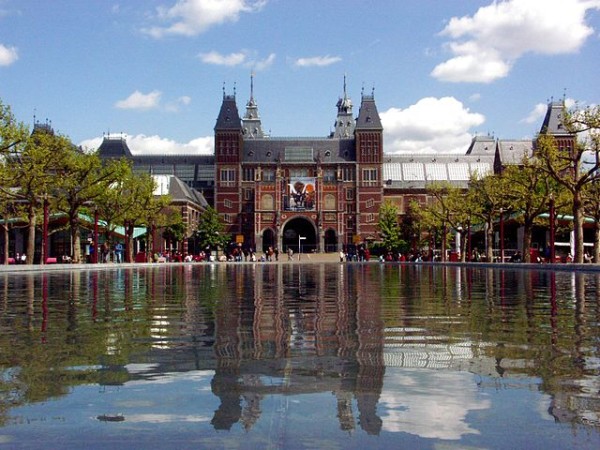
Prepare yourself for a complete change in atmosphere as you walk through the doors of the Rijksmuseum, which exhibits the finest paintings of the 17th century Dutch Golden Age, when Holland was a global superpower with an array of overseas colonies.
A self-important painting of Jan Valckenburgh, the director of the Dutch West Indies Company in Africa, sets the tone perfectly.
Bartholomeus van der Helst’s painting, Banquet In Celebration Of The Treaty Of Munster, is spectacular in scale. Winter landscape With Ice Skaters, by Hendrick Averecamp, projects the joys of winter.
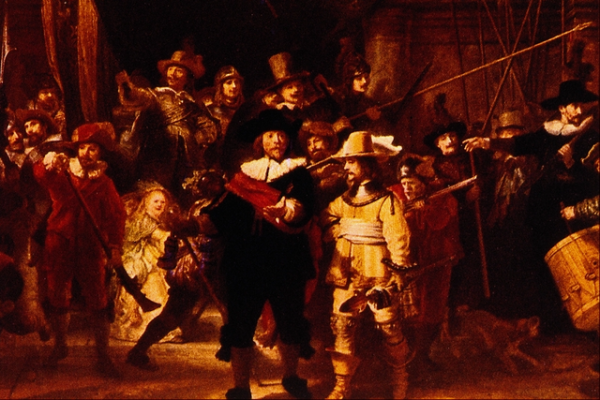
Hals’ painting, The Merry Drinker, is powerfully kinetic. Jan Asselijn’s The Threatened Swan displays intensity and strength. Rembrandt’s renowned painting, The Night Watch, calls out for attention. His liveliest group portrait, The Syndics of the Amsterdam Drapers’ Guild, overflows with joie de vivre. Vermeer’s The Milkmaid conveys the spirit of abundance and frugality.
These are magnificent paintings which capture moments in time and which remind us that Holland’s contribution to the visual arts has been nothing less than impressive, far outstripping its puny geography.
